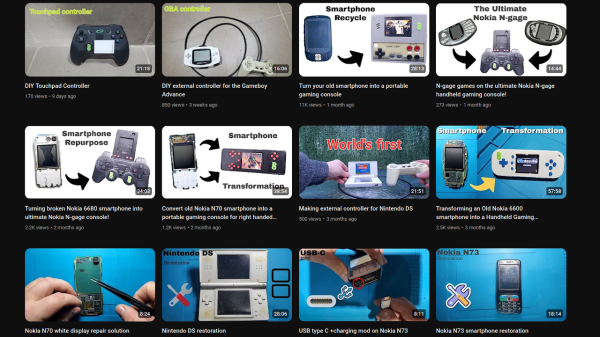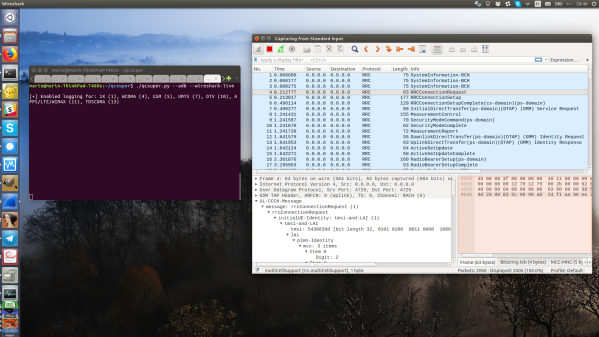It can often feel like modern devices are less hackable than their thicker and far less integrated predecessors, but perhaps it’s just that our techniques need to catch up. Here’s an outstanding hack that adds a dual SIM slot to a US-sold eSIM iPhone 15/15 Pro, while preserving its exclusive mmwave module. No doubt, making use of the boardview files and schematics, it shows us that smartphone modding isn’t dead — it could be that we need to acknowledge the new tools we now have at our disposal.
When different hardware features are region-locked, sometimes you want to get the best of both worlds. This mod lets you go the entire length seamlessly, no bodges. It uses a lovely looking flexible printed circuit (FPC) patch board to tap into a debug header with SIM slot signals, and provides a customized Li-ion pouch cell with a cutout for the SIM slot. There’s just the small matter of using a CNC mill to make a cutout in the case where the SIM slot will go, and you’ll need to cut a buried trace to disable the eSIM module. Hey, we mentioned our skills needed to catch up, right? From there, it appears that iOS recognizes the new two SIM slots seamlessly.
The video is impressive and absolutely worth a watch if modding is your passion, and if you have a suitable CNC and a soldering iron, you can likely install this mod for yourself. Of course, you lose some things, like waterproofing, the eSIM feature, and your warranty. However, nothing could detract from this being a fully functional modkit for a modern-day phone, an inspiration for us all. Now, perhaps one of us can take a look at building a mod helping us do parts transplants between phones, parts pairing be damned.
Continue reading “IPhone 15 Gets Dual SIM Through FPC Patch”


















